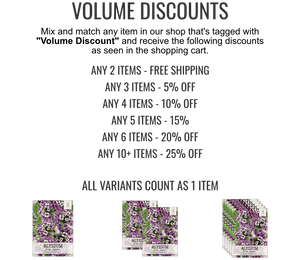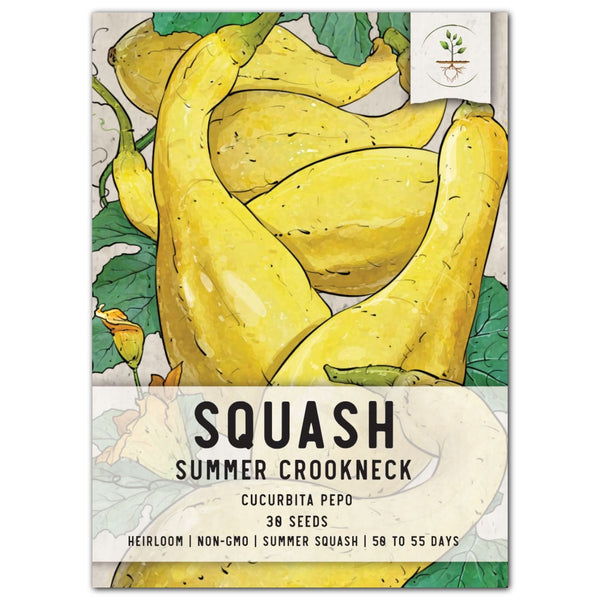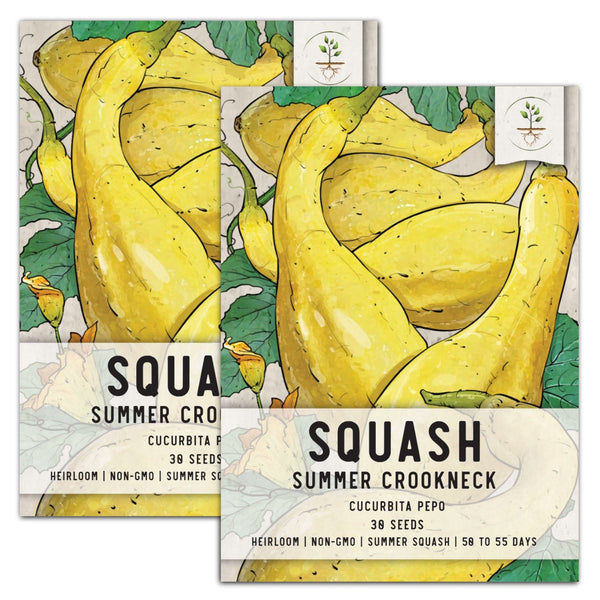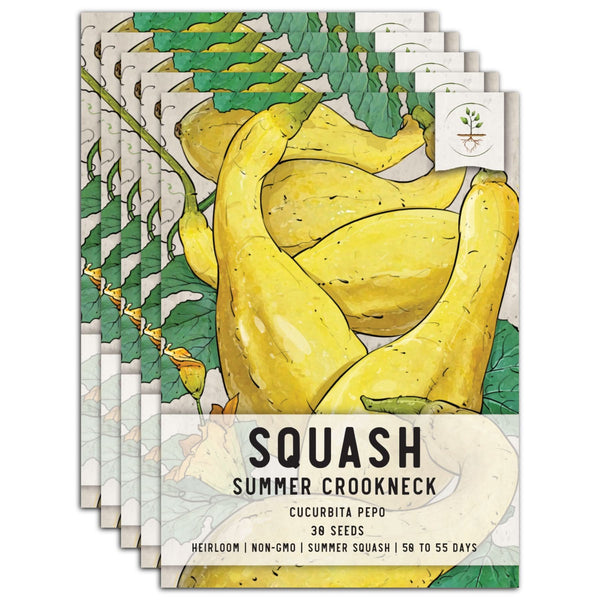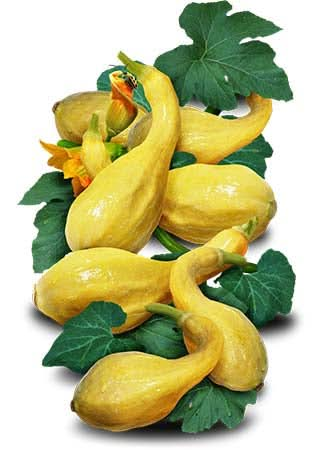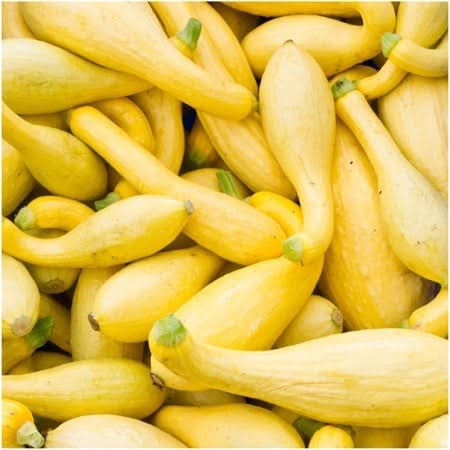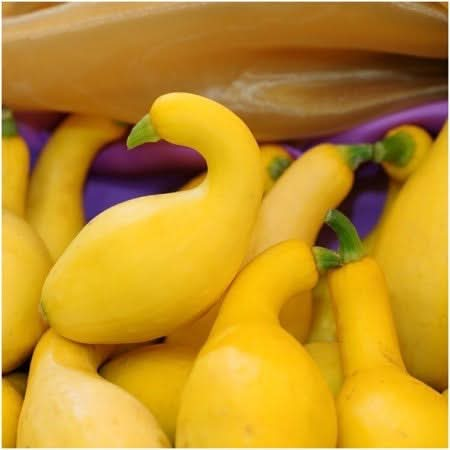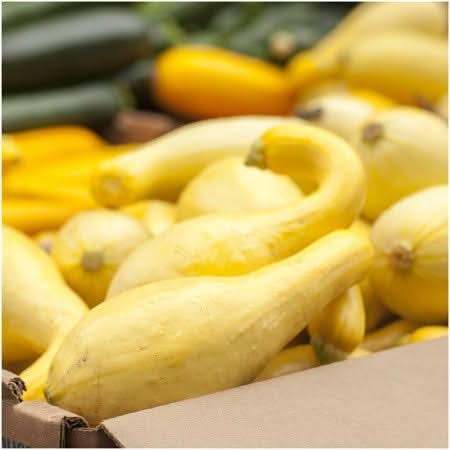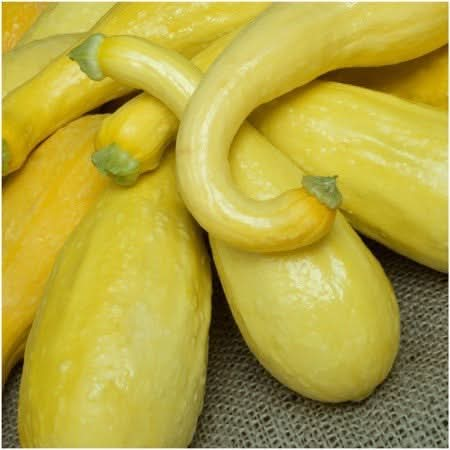Crookneck squash, known for its distinctive curved neck and bright yellow skin, has a history deeply rooted in the Americas. As part of the Cucurbita pepo species, which includes many summer squashes, crookneck squash was domesticated thousands of years ago by indigenous peoples. Its cultivation spread across North America, with evidence suggesting it was a staple in diets long before European contact. The name "crookneck" specifically distinguishes it from other squashes due to its unique shape, and it was one of the varieties introduced to Europe post-Columbian Exchange, where it gained popularity for its mild, sweet flavor and versatility in cooking.
Summer squash, like the crookneck, is harvested when immature, which means its skin is tender, and it's often eaten with the skin on. These squashes are characterized by their high water content, lower calorie count, and a brief storage life, typically needing to be consumed soon after harvesting. Winter squash, on the other hand, is harvested when fully mature, boasting a hard, inedible rind that allows for long-term storage. Winter varieties, such as butternut or acorn squash, are denser, richer in nutrients like vitamins A and C, and often have a sweeter, more robust flavor due to their longer growing season. While summer squash is prized for its fresh, versatile use in quick-cook dishes, winter squash is often roasted, baked, or used in soups, reflecting their differences in texture, taste, and culinary application.
